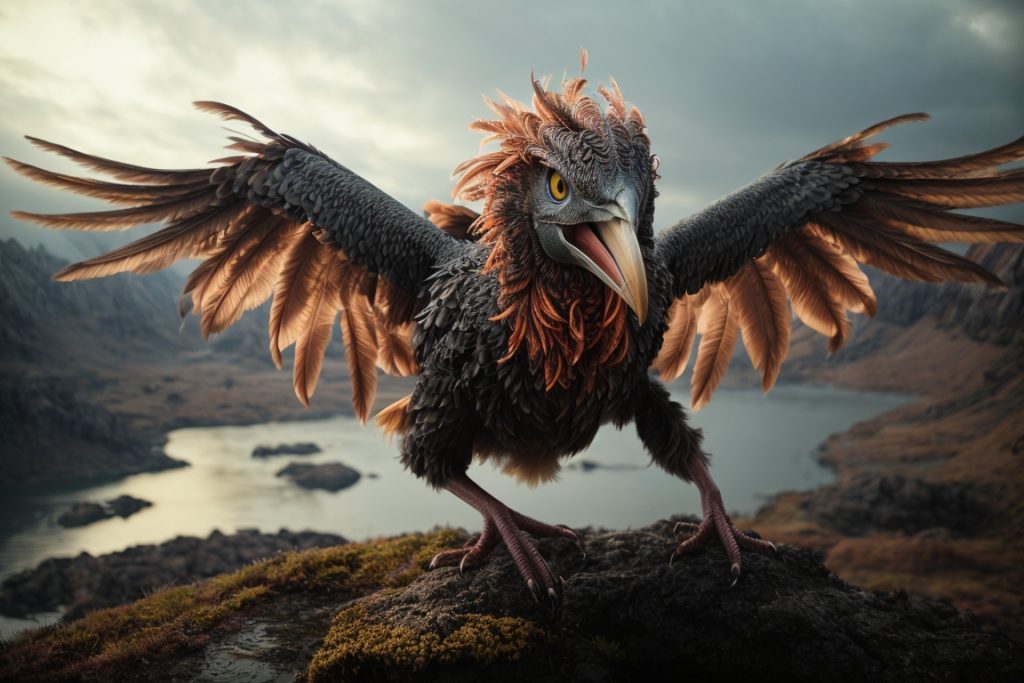The Artistic Revolution: Exploring the Boundless Creativity of AI Image Generation

In the realm of technology, artificial intelligence (AI) continues to break new ground in various domains. Among its most fascinating applications is AI image generation, which has evolved from simple pixel manipulations to generating incredibly detailed and captivating images. This technology is revolutionizing art, design, and countless other industries by providing a powerful tool for creative expression and problem-solving. In this article, we will delve into the mesmerizing world of AI image generation and explore its diverse and profound uses.
AI image generation relies on generative models, a subset of AI algorithms that can create data, such as images, text, or music, that resembles human-produced content. These models have improved dramatically over the years, thanks to advancements like Generative Adversarial Networks (GANs), Variational Autoencoders (VAEs), and Transformers.
Art and Creativity
AI image generation has introduced a fresh perspective to the world of art and creativity. Artists and designers are embracing AI as a co-creator, pushing the boundaries of what is possible. AI algorithms can generate abstract paintings, surreal landscapes, and even mimic the styles of famous artists. They serve as invaluable tools for artists seeking inspiration or novel ways to augment their creative processes.
One exciting aspect is the collaboration between human artists and AI systems, where the AI generates a base image or design, and the artist refines and adds their unique touch. This fusion of human creativity and AI capabilities has led to the emergence of entirely new art forms.
Content Creation
In the digital age, content creation is a crucial element of marketing and media production. AI image generation tools assist in producing high-quality visuals for websites, advertisements, and social media. Marketers can use AI to generate customized product images or create eye-catching graphics, reducing the need for extensive photoshoots and design work.
Gaming and Virtual Worlds
Video game developers are leveraging AI image generation to create expansive and immersive virtual worlds. Procedural generation techniques, powered by AI, can generate realistic terrains, characters, and assets on the fly, enhancing gameplay experiences. This not only reduces development time but also makes it possible to create larger, more dynamic game environments.

Medical Imaging and Diagnosis
AI image generation is proving invaluable in the field of medical imaging. AI algorithms can generate high-resolution images from lower-resolution scans, helping physicians visualize and diagnose conditions more accurately. Additionally, AI can simulate medical scenarios for training purposes, improving the skills of medical professionals.
Architectural Design
Architects and urban planners use AI-generated images to visualize complex architectural designs. AI can transform rough sketches and blueprints into photorealistic 3D renderings, allowing architects to explore various design options and communicate their ideas effectively to clients and stakeholders.
Fashion and Textile Design
Fashion designers are employing AI to generate patterns, textiles, and clothing designs. These AI systems can analyze trends, customer preferences, and historical data to generate designs that are likely to resonate with consumers. This not only streamlines the design process but also reduces waste by creating garments that have a higher chance of success in the market.
AI image generation is ushering in a new era of creativity and innovation across various industries. It offers a powerful and versatile tool that can be harnessed for art, marketing, healthcare, gaming, architecture, and fashion. As AI image generation technology continues to evolve, its impact on these fields will only deepen, enabling greater efficiency, creativity, and problem-solving. The collaboration between humans and AI is proving to be a formidable force in the quest for unlimited creative expression and technological advancement. As we move forward, the only limit to AI image generation may be our own imagination.